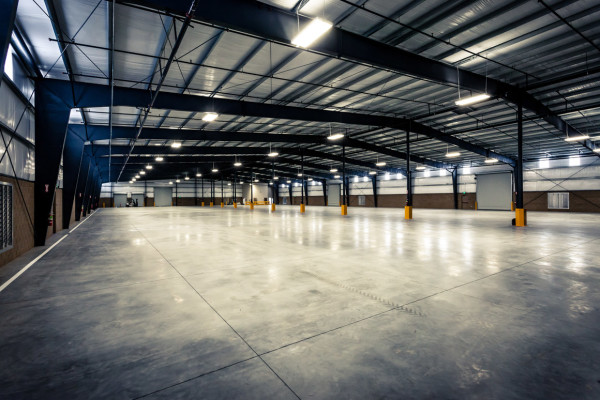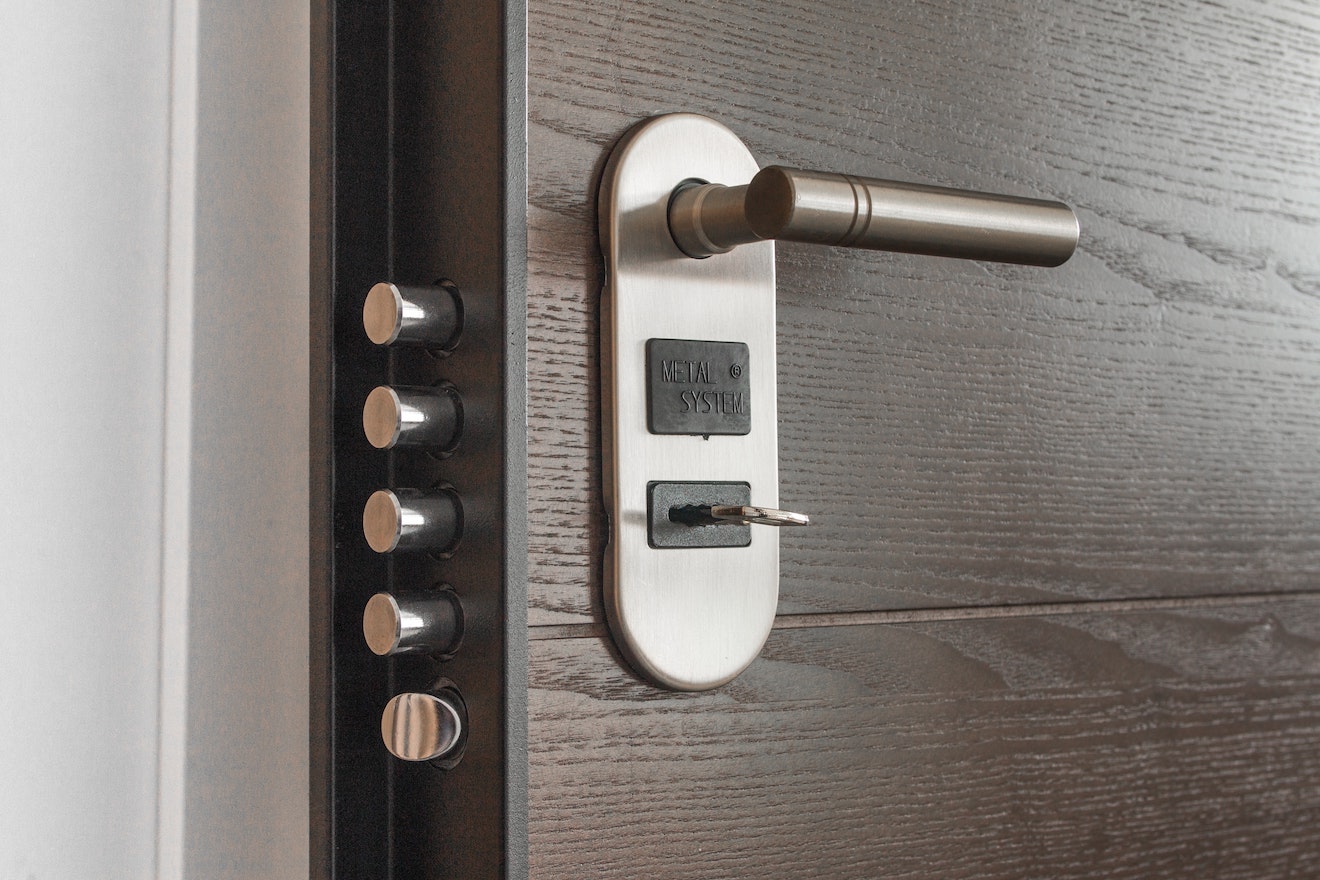
Moving to a new warehouse isn’t quite like moving house, as you can probably imagine. For a start, there’s more stuff to shift and more rules to obey. You also can’t leave unpacked boxes lying around for a couple of years at the other end, as you have a business to resume ASAP!
If you’re facing a move of this nature, maybe you’ve finally found your ideal warehouse to rent in Heathrow, then these tips will help you to make the process of shipping out as painless as possible.
Things to do before you move
A new warehouse is a new start and if you’re moving into a blank slate – or a bare concrete shopfloor, anyway – then it’s the perfect time to look at your operation and how it runs. Can you take the opportunity to reconfigure your machine layout, or to introduce new machines? Were there always problem areas where people tended to trip up or get cables tangled? If you’ll finally have more space, how will you use it?
Talk to team members and work out where the problems were in the workflow at the old place. Don’t just assume you’ll be moving that machine into the same sort of corner – think outside of your box, as you might not get another chance to shake things up for a while. Think about reducing traffic time by shifting departments around, or changing the way product selection works.
Clean up
This doesn’t just mean sweep the floors! Moving premises is a good time to get rid of old stock or inventory – you know, the things you have to find new homes for every time new stock comes in. It needs to go, so auction it, recycle it or give it to charity. Just get rid!
While you’re moving
Sadly, moving to new premises is also a good opportunity for things to go “wandering”. It’s when items and machines are being loaded and unloaded onto pallets or being packed and unpacked that they can go astray. Sometimes it’s the removal company employees, sometimes it’s random passers-by and sometimes, depressingly, it’s your own staff.
To reduce the risk of theft or genuine loss, have trusted workers monitor particular zones and areas and have a double-tick system (in and out) for boxes, pallets and other loads. For your more valuable items, use plastic wrap around them and their pallets so you can see if anyone’s tampered with them. Once everything’s dropped off at the new place, install it as soon as possible and wave off the contractors and removal guys ASAP.
Be careful to avoid product and equipment damage
Moving is a dangerous time for equipment, so do take the time to secure items so that they arrive unscathed at the other end. Let your removal guys know that slow and secure is more important than speedy and shattered.
Safety first
There’s a lot going on during a move; there’s heavy equipment being schlepped about, electrical equipment being unplugged, cables here, there and everywhere… There’s potential for trips and accidents, as well as breakages, so make sure everything is planned out to the nth degree. People will be moving around in unusual patterns, maybe with forklift trucks, so try to keep teams separate and hold regular safety briefings.
Use qualified movers
Only qualified people should dismantle, pack and reassemble items and equipment. If removal teams don’t understand what they’re dealing with, then there’s more chance of breakages or problems with the re-installation.




 POSTED BY
POSTED BY 

